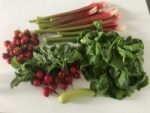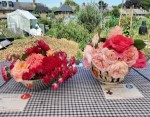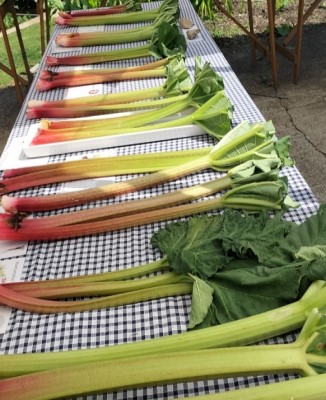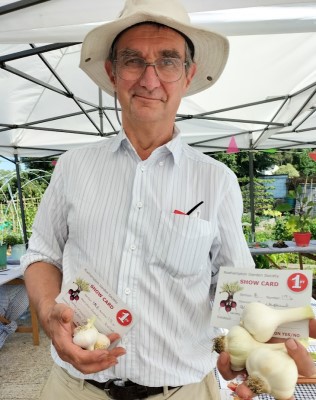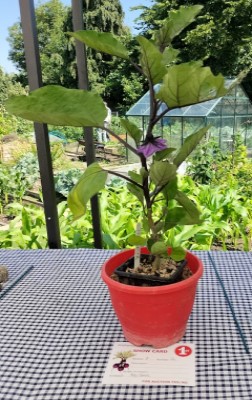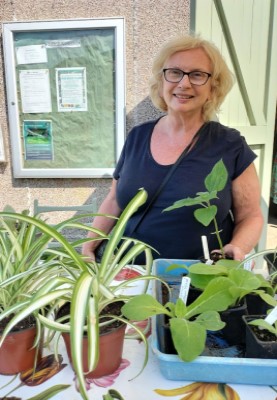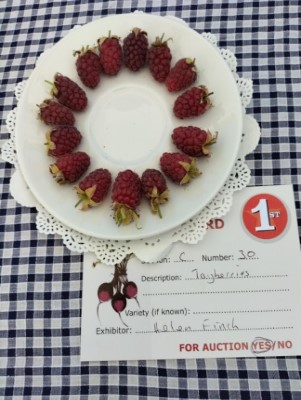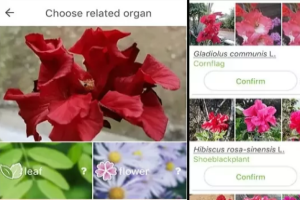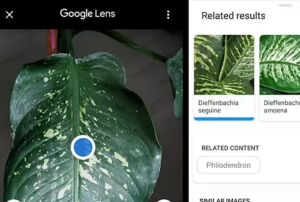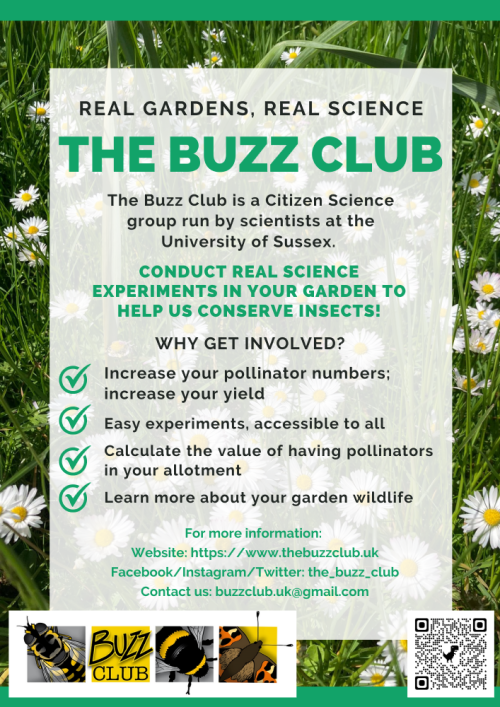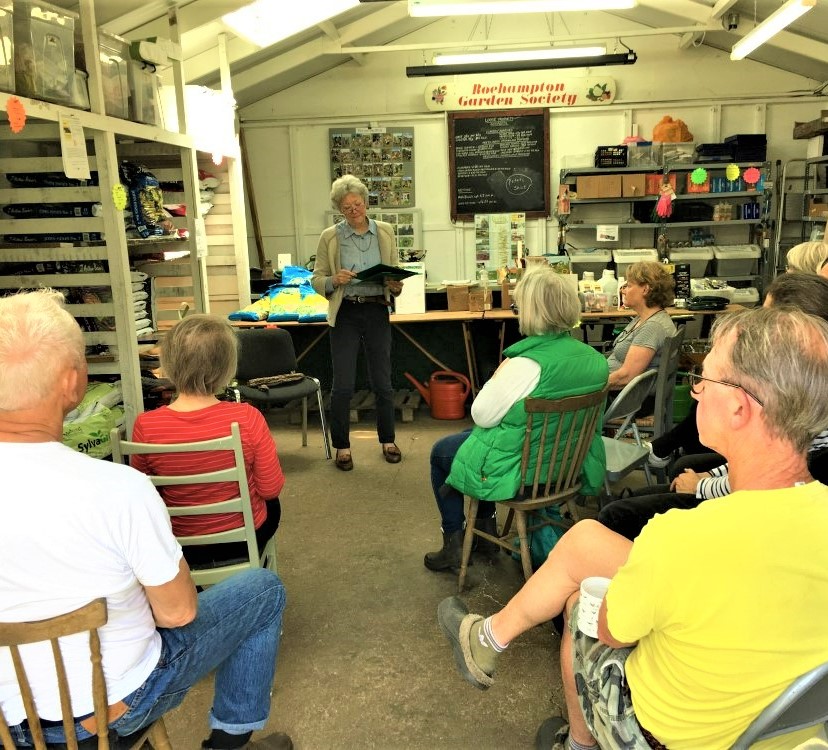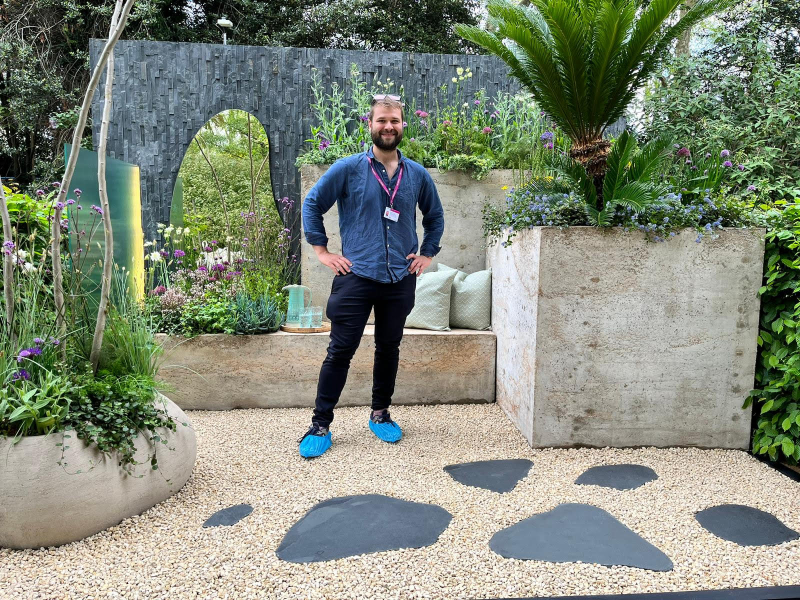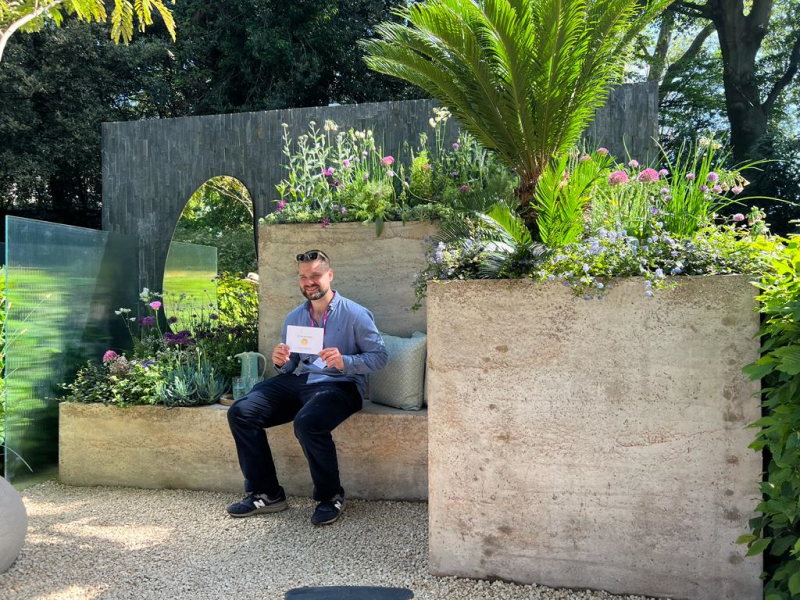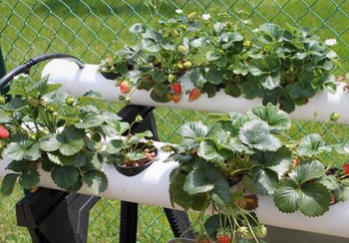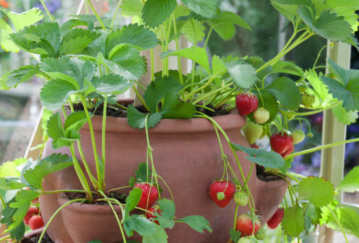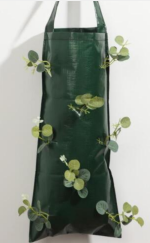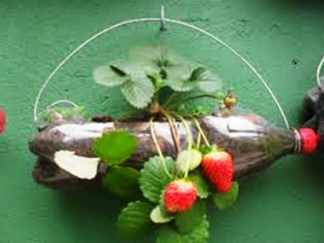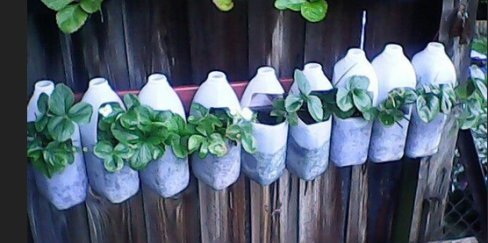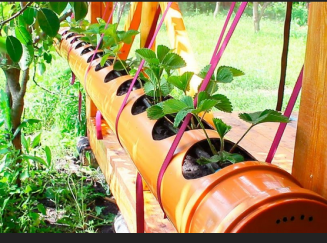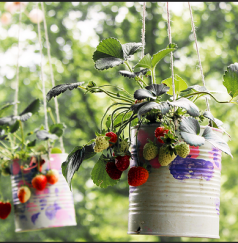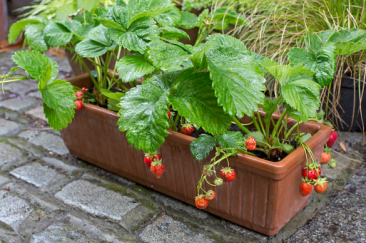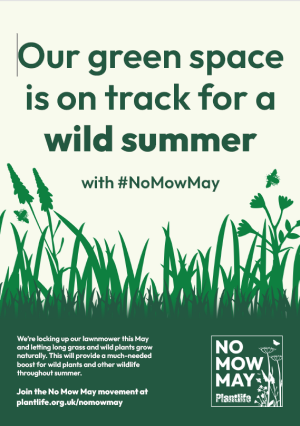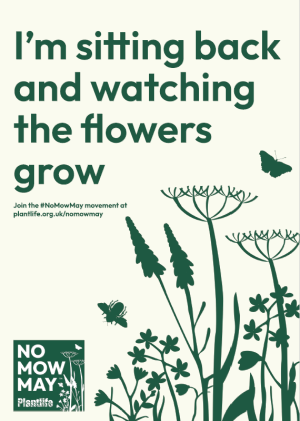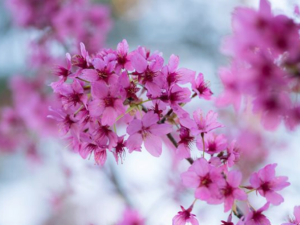It’s that time of year when some things we grow almost get out of hand. It’s not that a good crop isn’t welcome, but just keeping up with things can be a strain.
Here’s some help to use some of the fast growers on our allotments….
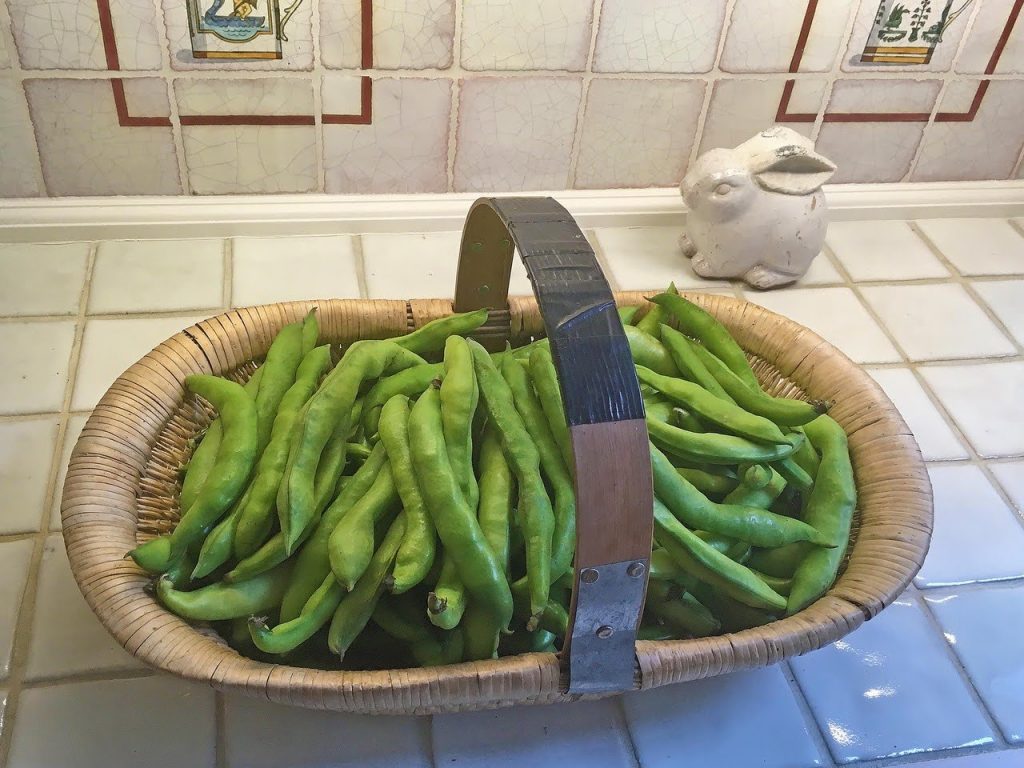
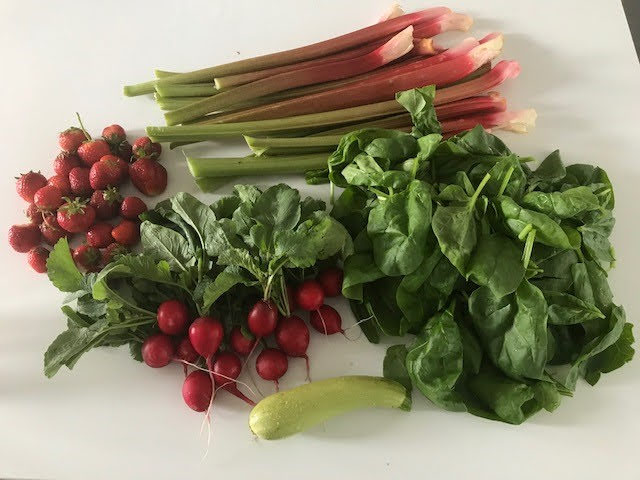
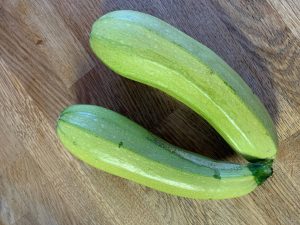
French beans: Many allotments have lovely crisp new green beans just now and they feature in so many good summer recipes from the classic Salad Niçoise, to Lokanta, an unusual Turkish vegetable stew, from Nigel Slater. Long may the season last… Recipe here:
Courgettes: Pick before they become marrow size! An easy light gratin from the Hairy Bikers – Recipe here or share with the neighbours…
All you need to know about Rhubarb… Most sources say don’t pick after July – but my rhubarb keeps going happily through August. Split and move after September. Freezing – store up to 8 months. Find out more here

